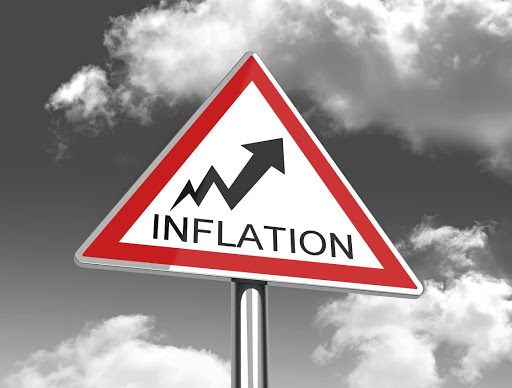Reserve Bank has no control over supply-driven inflation

The SA Reserve Bank has no tools to control supply-driven inflation and administered prices. In fact, it should not seek to control them as it will only succeed in choking economic growth from the demand side at a time when we need all the growth we can get to drive employment growth.
The surge in global and domestic inflation is not primarily demand driven, but supply driven. This is a conundrum for the Reserve Bank as it gears up to continue normalising interest rates after the hike it administered last November.
The advanced economies failed to raise inflation sustainably above 2% for a decade before the Covid-19 pandemic, despite injecting trillions of dollars at close to zero-percent interest rates. Covid-19 changed all that. From the supply side, global value chains have been disrupted, resulting in shortage of goods.
On the floor, new cars are no longer easily accessible, and the same applies to certain models of iPhones and many other goods. Semiconductors and chip production, along other inputs, have been and remain in short supply. When they become available, Covid-19 lockdowns in various countries delay their transportation. The classic “too much money chasing too few goods” kicks in, resulting in higher inflation.
Oil prices and gas prices, and subsequently fuel and heating prices, have also shot up. This too is a supply side shock and cannot be controlled by monetary policy.
On the demand side, the loss in jobs and incomes across countries has initially depressed demand. However, cash transfers have offset that, resulting in the accumulation of excess savings that were spent once lockdown restrictions started to ease. The spending of these excess savings became the source of demand-pull inflation, which combined with the supply side constraints from the disruption of global value chains to further drive inflation.
In the US, inflation was at 7% as at December 2019, a 39-year high. In the UK and euro area inflation was at 5.1% and 4.9% as at November, a 10-year high and record high respectively. Like in the US, this is primarily supply side driven. However, the situation in SA is different.
The common factor here, as in the global context, is supply side and oil price driven inflation. This is a significant portion of the rise in domestic inflation. Real compensation of employees grew by a meagre average of 1% in 2020 and saw 2.1% growth in the first three quarters of 2021. However, disposable income, the amount available to spend, contracted by an average of 2.7% in 2020 before growing 11.3% in the first three quarters of 2021. There is still too much uncertainty for consumers given the number of jobs that have been lost and not yet recovered.
Household consumption declined by an average 6% in 2020 before recovering to 8% growth in the first three quarters of 2021. In level terms, it remains 4% lower than pre pre-Covid-19 levels. Durable, semidurable and nondurable goods and services are 3%, 14% and 3% lower than pre-pandemic levels respectively. The unemployment rate is at a record 34.9%.
Debt has increased from 64.3% of disposable income in March 2020 to 67.8% in September, while savings increased to 1.2% of disposable income from 0.1% over the same period, hardly equivalent to the high forced savings in the global experience. Combined, the evidence does not point to demand-pull inflation. It is mainly supply side driven.
What should the Reserve Bank do next week and beyond, when it makes its interest rate decisions? It should tell the nation its assessment of how much inflation is demand side, which it can control, and how much is supply side, which it can’t control. It should also tell us the extent of the second round pass-through effects from supply side to demand side, which might warrant a response.
There are many other factors to consider but these need to be explained as it goes about normalising monetary policy.
